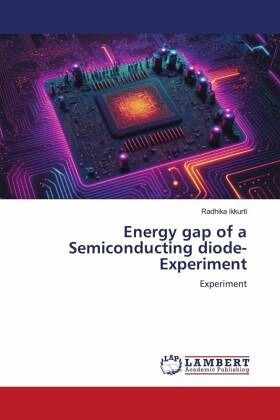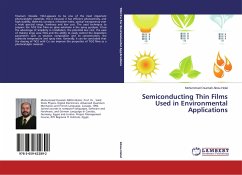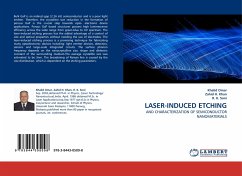
Energy gap of a Semiconducting diode- Experiment
Experiment
Versandkostenfrei!
Versandfertig in 6-10 Tagen
29,99 €
inkl. MwSt.

PAYBACK Punkte
15 °P sammeln!
It gives brief summary about how energy gap is found and their applications .The electron density is much greater than the hole density in the n-type semiconductor represented as ne >> nh whereas, in the p-type semiconductor, the hole density is much greater than the electron density: nh >> ne.In an n-type semiconductor, the donor energy level is close to the conduction band and away from the valence band. While in the p-type semiconductor, the acceptor energy level is close to the valence band and away from the conduction band.The impurity added in p-type semiconductor provides extra holes kn...
It gives brief summary about how energy gap is found and their applications .The electron density is much greater than the hole density in the n-type semiconductor represented as ne >> nh whereas, in the p-type semiconductor, the hole density is much greater than the electron density: nh >> ne.In an n-type semiconductor, the donor energy level is close to the conduction band and away from the valence band. While in the p-type semiconductor, the acceptor energy level is close to the valence band and away from the conduction band.The impurity added in p-type semiconductor provides extra holes known as Acceptor atoms, whereas in n-type semiconductor impurity provides extra electrons called Donor atoms.The Fermi level of the n-type semiconductor rests between the donor energy level and the conduction band while that of the p-type semiconductor is between the acceptor energy level and the valence band.In the p-type semiconductor, majority carriers move from higher to lower potential, in contrast to the n-type where the majority carriers move from lower to higher potential.












